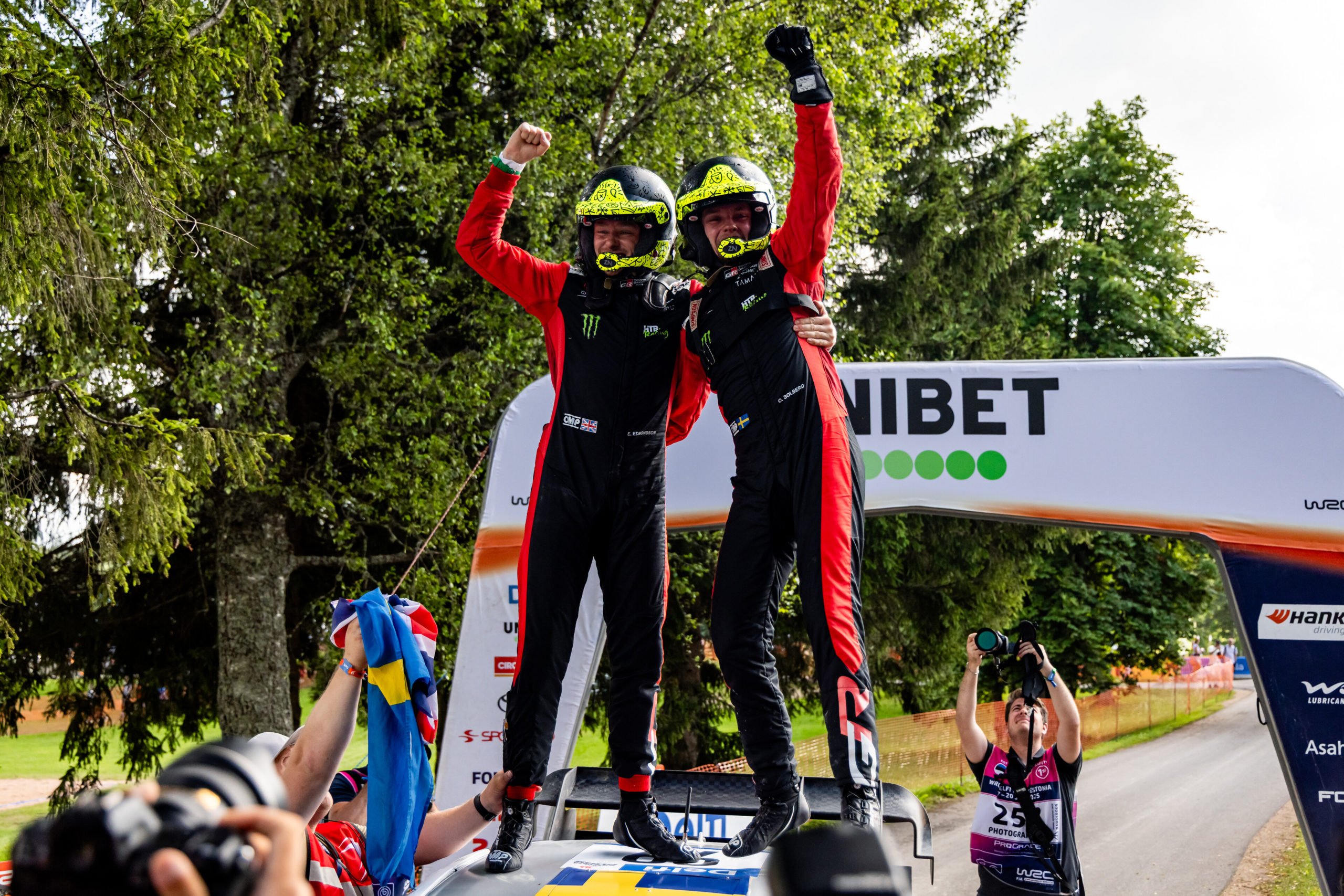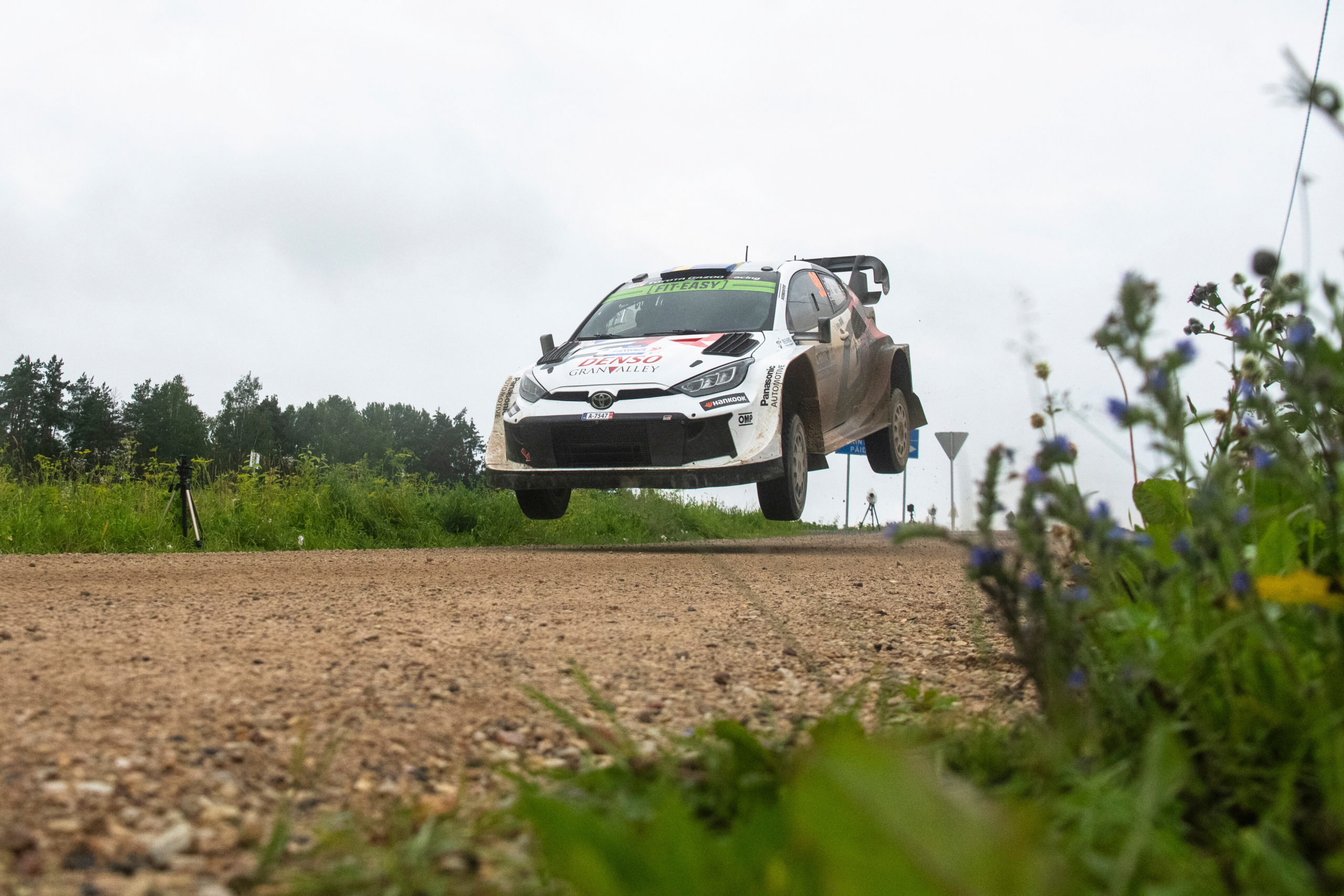Introduction: A Rally Like No Other
There are rallies, and then there is Portugal. The annual pilgrimage to the country’s northern gravel roads is less a routine stop on the WRC calendar and more a rite of passage—one that has, for decades, distilled the essence of rallying into four days of dust, unpredictability, and spectacle. In 2025, the Vodafone Rally de Portugal again proved why it remains a touchstone in the sport, not for its polish or perfection, but for its ability to expose both the frailties and the brilliance of man and machine.

A Brief History: From TAP to WRC Mainstay
Born in 1967 as a closed event for TAP airline employees, the rally quickly outgrew its modest origins. By 1973, it was a fixture in the inaugural World Rally Championship, and in the years that followed, Portugal’s stages became legendary for their atmosphere and, at times, their chaos. The event’s golden era in the 1970s and 1980s saw crowds so dense and unruly that they became part of the rally’s mythology—and, tragically, its infamy. The 1986 accident in Sintra, when Joaquim Santos’ Ford RS200 ploughed into spectators, marked a turning point for safety in the sport. Yet, even as regulations tightened, the rally’s spirit endured.
The 2025 Edition: Demanding as Ever
This year’s rally, the fifth round of the 2025 WRC season, unfolded in the familiar terrain around Matosinhos. The stages, a patchwork of loose sand, sharp rocks, and deeply rutted tracks, were battered further by the region’s famously fickle weather. Rain one moment, searing sun the next—conditions that forced teams to gamble on tyre choice and stage management, with little margin for error.
The drivers, for their part, seemed in good spirits during reconnaissance, but there was no mistaking the tension. The Amaranti stage, for example, opened with a hairpin on pure asphalt before plunging into gravel—a microcosm of the rally’s capricious nature6. As one seasoned competitor put it, “Top five will be quite difficult to be there, but we will try our best.” The optimism was measured, the respect for the event palpable.
Spectacle and Substance: The Fafe Phenomenon
No discussion of Rally Portugal is complete without mention of Fafe. The jump at Fafe is both a proving ground and a theatre, drawing crowds that line the banks in anticipation of airborne heroics and, occasionally, heartbreak9. The atmosphere here is not manufactured; it is organic, raw, and entirely unsanitised—a reminder that, for all the talk of safety and modernity, rallying’s appeal lies in its proximity to danger.
Icons and Incidents: The Rally’s Character
Portugal’s stages have made and unmade reputations. Markku Alén, the “King of Portugal,” won here five times, his blend of youthful aggression and tactical nous setting a standard for those who followed. Sébastien Ogier, the event’s most successful modern driver, has seven victories to his name, including the 2025 edition. Yet, the rally is as much about the unsung as the celebrated. The fog of Arganil, the chaos of Sintra, the heartbreak of mechanical failure on the final stage—these are the moments that define the event.
The rally’s checkered history is never far from the surface. The 1986 tragedy, in particular, is a cautionary tale that continues to inform the event’s approach to crowd management and safety. But it would be reductive to see Portugal only through the lens of its past missteps. The rally has evolved, but it has done so without sacrificing the unpredictability that makes it essential viewing10.
The 2025 Battle: Strategy, Survival, and a Hint of Stardom
This year, the narrative was shaped as much by attrition as by outright speed. The combination of rough surfaces and shifting weather laid traps for the unwary. Tyre strategy, always a factor in Portugal, became decisive as teams wrestled with the competing demands of grip and durability. The exclusive use of Hankook tyres added another layer of intrigue, with teams and drivers adjusting to the nuances of the rubber underfoot.
The outcome? A contest that rewarded patience as much as pace. The eventual winner, a familiar name, was less a conqueror than a survivor—one who managed risk, read the road, and kept the car out of the ditches that claimed so many rivals. Behind the headlines, there were stories of quiet heroism: privateers nursing battered machinery to the finish, local drivers seizing the moment on home soil, and a new generation of talent hinting at future dominance.
Atmosphere: More Than a Motorsport Event
To attend Rally Portugal is to be reminded that rallying, at its best, is a communal experience. The crowds, though better managed than in decades past, remain a critical part of the spectacle. They are knowledgeable, passionate, and, above all, invested. The event is woven into the fabric of Portuguese sporting culture, a point of pride and a source of stories that are retold long after the dust has settled
Conclusion: Enduring Relevance
In an era when motorsport often feels over-sanitised, Rally Portugal stands apart. It is a rally that refuses to be tamed, where history is both a burden and a badge of honour. The 2025 edition reaffirmed its status as a crucible for the world’s best drivers—a place where reputations are forged on gravel, in the rain, and under the watchful gaze of thousands.
There are more glamorous rallies on the calendar, and there are certainly safer ones. But none capture the contradictions and the romance of rallying quite like Portugal. It is, in the end, a rally that reminds us why we watch: not for perfection, but for the possibility that, on any given weekend, something extraordinary might happen. And, as ever, it did




